The Case Against Filibuster
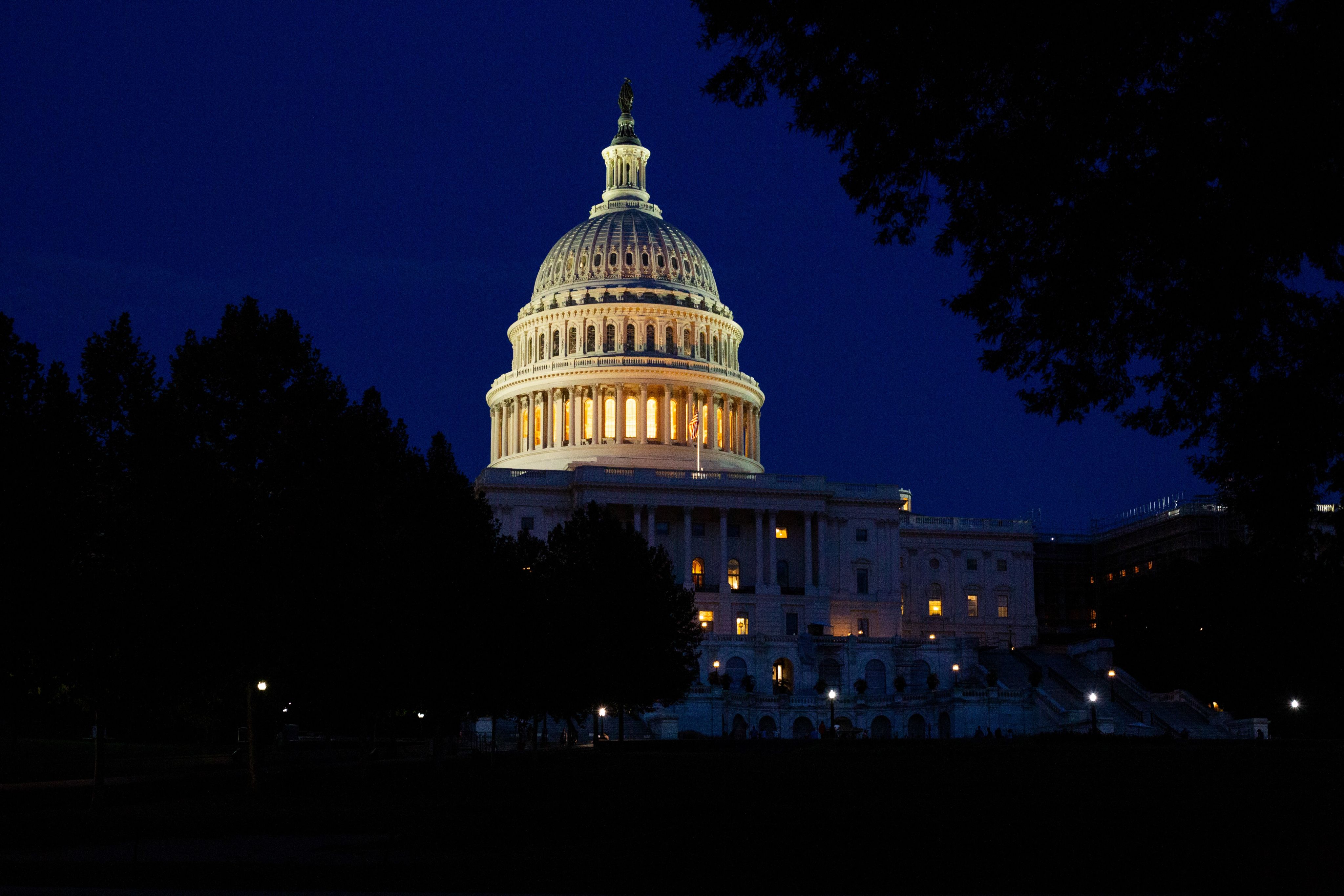
What is filibuster?
Imagine your friend group votes on which movie to watch on movie night.
Most of the time, the movie that gets the most votes wins. But sometimes, one friend does not want to watch the movie, so they start talking and talking, not stopping, to delay the vote, and thus no movie is watched.
In the Senate, when they make laws, they vote just like that.
But if some senators don't like a law, they can keep talking for a very long time to delay the vote. They do this so maybe the other senators will change their minds or give up. It's like when a kid keeps asking for a cookie until their mom says "Okay!
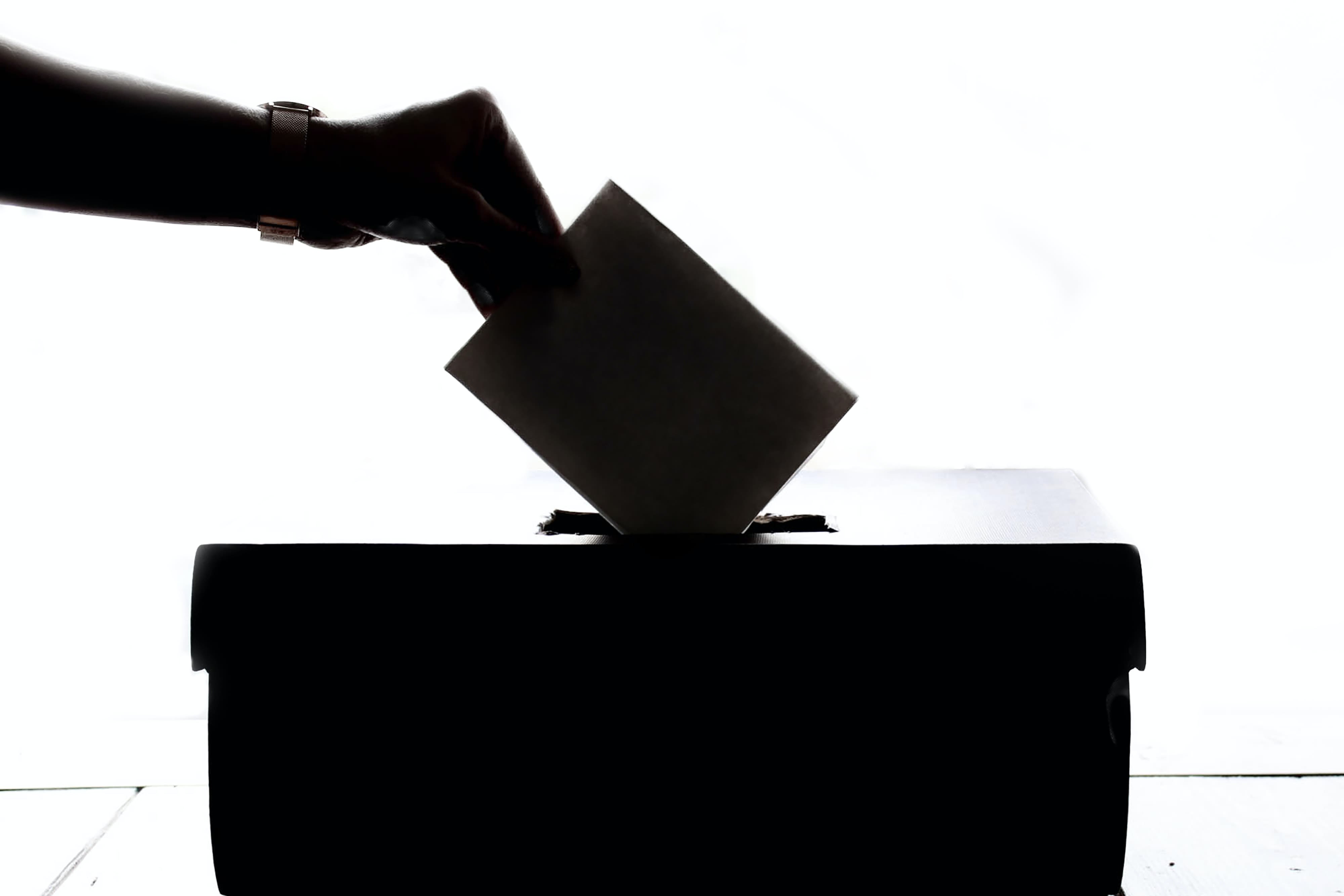
Now let's understand how this pans out in Senate.
1. The proposed bill is first directed to a relevant committee for evaluation. If it gains majority support within this committee, it advances to the Senate floor for further debate.
2. Following the conclusion of the debate, the bill, now on the Senate floor, necessitates a minimum of 51 votes—a simple majority—to be approved.
3. Following the end of the debate, a simple majority of 51 votes is required for a bill to be approved in a Senate vote.
4. If even a single senator continues debating the bill, the House cannot move to vote on the bill.
5. In 1917, a rule was adopted where the house could end the debate and move to vote if 60 members (not the simple majority of 51) agreed to it (called cloture).1
This explains why a supermajority of 60 votes has become effectively the standard minimum requirement for the passage of legislation in the Senate.

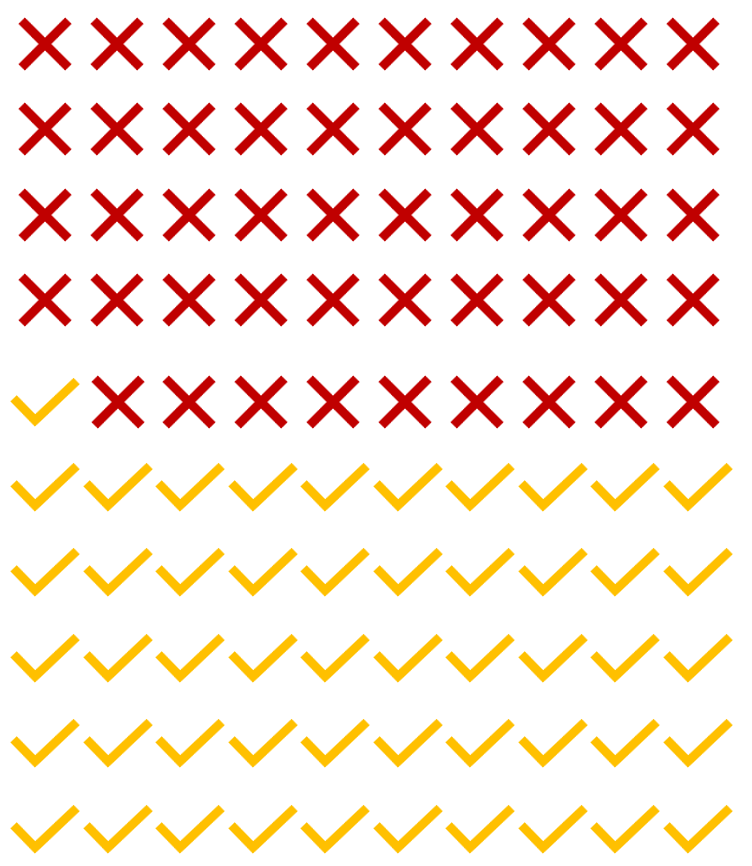
Simple Majority - 51 / 100
Required to pass a legislation

Super Majority - 60 / 100
Required to cut-off debate & move to voting stage
Over the years, the frequency of cloture motions, which essentially serve as requests to halt prolonged debates (akin to filibusters), has surged from zero per annum to a staggering 270 in 2019.2
One may think that this trend is perhaps because the Senate is passing more legislation but the truth is the other way around. The productivity of the Senate has dwindled down in recent decades.
WHY YOU SHOULD CARE?
Your representatives are failing at their job to pass key legislations. Today, the threat of a filibuster shapes nearly every legislation. As a result, the Senate is passing fewer and fewer bills.
Passing Rate of Legislation in Senate3
5.3% in 1956
vs.
2.8% in 2013
That is how dramatically the passing rate of legislation in the Senate has declined.
A significant factor contributing to the decline is the Senate's extensive time spent handling the frequent misuse of the filibuster and associated procedural tactics.
A minority group's influence in stalling crucial legislative initiatives has resulted in diminished bipartisan cooperation, reduced dialogue across parties, and less joint policy development.
Under current Senate rules, however, a minority can stymie efforts to fix our broken system. Not slow those reforms, not deliberate, not debate, but simply block them.4

Notice the slight increase in the number of legislations introduced post-2013. That is because the filibuster rules were amended such that they cannot be used anymore for judicial nominees. But that is not enough. Over the years, there have been many casualties of filibuster, we need sweeping reforms rather than merely limiting them to judicial nominees.
"But Filibuster encourages debate and facilitates negotiation..."
No, it does not!
In modern times, the majority of filibusters don't occur during the actual discussion of a bill or the consideration of a nominee in the Senate.
Now, a senator can simply suggest the likelihood of a filibuster before the discussions even start, leading to the bill being dismissed right away.
No debate whatsoever!
This happens without the need for the senator to physically stand in the Senate and engage in prolonged debate as was done in the past.

The Victims of Filibuster
These are only 4 of the key legislations that got killed by filibuster. A lot more have suffered from this tool than one can encompass in this piece. Some legislations like the Civil Rights Act got delayed considerably because of Filibuster. Others did not even make it to the floor for debate because someone had already threatened them with a filibuster.
1946: Fair Employment Practices Bill
The bill banned discriminatory employment practices by federal agencies got quashed by filibuster.6
2010: Cap and Trade
Republicans utilized a filibuster to block comprehensive limitations on fossil fuel usage intended to reduce carbon emissions, resulting in the measure not reaching President Obama's desk.7
1922 - Dyer Anti-Lynching Bill
Missouri Representative Leonidas Dyer, a white Republican, presented an anti-lynching bill in Congress, which was subsequently obstructed in the Senate due to a filibuster by Southern Democrats.6
2013: Gun Control
The cross-party bill, aimed at greatly increasing background checks for gun sales, failed to achieve the necessary 60 votes to conclude the debate, garnering only 54 votes.8
Most notable Filibusters

Strom Thurmond
U.S. Senator Strom Thurmond from South Carolina holds the record for the longest filibuster, having spoken for 24 hours and 18 minutes in opposition to the Civil Rights Act of 1957. To accommodate Thurmond, his team arranged for an intern to keep a bucket in a nearby cloakroom, allowing him to use it for urination without leaving the Senate floor, as long as he kept one foot inside.9

Alfonse D'Amato
In 1986, while attempting to delay a military appropriations bill, he almost surpassed Thurmond's record. To occupy the 23 and a half hours of speaking time, he ended up reading from the District of Columbia phone directory.9

Huey Long
His filibuster lasted 15 hours and 30 minutes, and a portion of that time was spent reciting the words of the Bard and a recipe for fried oysters. His filibuster ended when he had to go to the bathroom.10
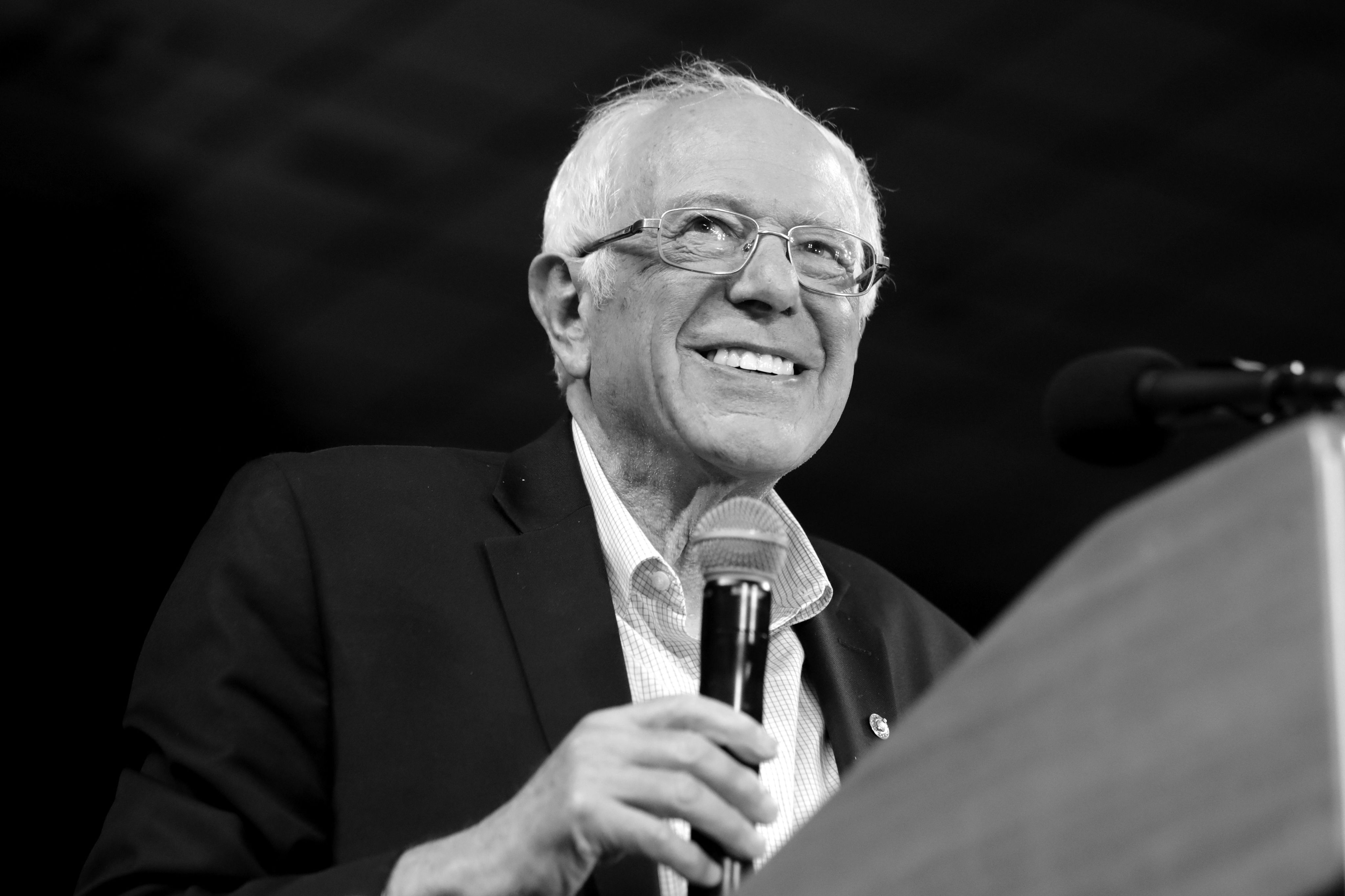
Bernie Sanders
Ardent supporters of Sanders refer to it as "The Speech": a filibuster he initiated to protest a bipartisan tax agreement. It lasted for 8 hours and 30 minutes.11

Photo by Pete Alexopoulos on Unsplash
Photo by Pete Alexopoulos on Unsplash
In 1975, a procedural innovation in the Senate made it possible for senators to filibuster without standing on the floor and bringing the whole Senate to a halt. With the new tracking system for legislation, multiple bills could be active on the Senate floor simultaneously.
Senators can simply declare their intention to filibuster a bill, leading the Senate to either schedule a cloture vote or proceed with other matters thereby killing the said legislation.
Senators no longer need to physically stay on the Senate floor and speak to block a vote.
This significantly lowered the cost of filibustering for the senators. This needs to change!
HOW TO REFORM FILIBUSTER?
"And if all this takes eliminating the filibuster, another Jim Crow relic, in order to secure the God-given rights of every American, then that’s what we should do."12

Mr. Smith goes to Washington
The proposed reform draws inspiration from the famous 1939 film of the same name. In the movie, the protagonist engages in a filibuster on the Senate floor to passionately advocate for his beliefs.
This reform suggests requiring senators to be physically there on the floor if they want to filibuster, akin to the iconic filibuster scene in the movie, where Mr. Smith did the same.
Presently, the majority party must gather 60 votes to overcome the filibuster and proceed to a substantive vote. By altering the rules to mandate active floor speeches during a filibuster, as seen in the film, the burden of upholding the obstruction would shift to the filibustering senator, making it more challenging to sustain such tactics. Moreover, adopting Mr. Smith-style filibusters would demand genuine and articulate explanations from those blocking legislation or nominations with majority support. This transparency would allow the American public to evaluate and endorse or criticize their decisions.
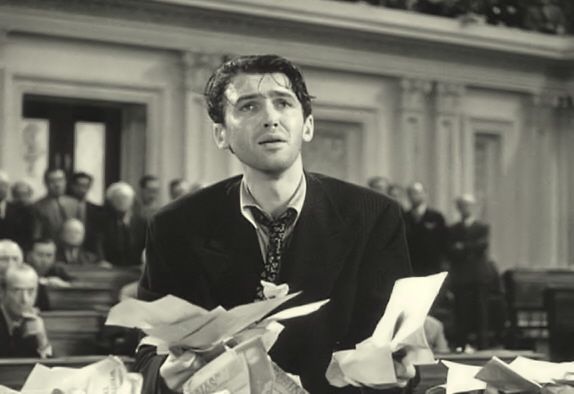
Public's Support is Behind Filibuster Reforms14

But this support is split across party lines!14

WHAT CAN YOU DO?
Call your representative's office and demand them to push for reforming filibuster.
You can learn more about filibuster here
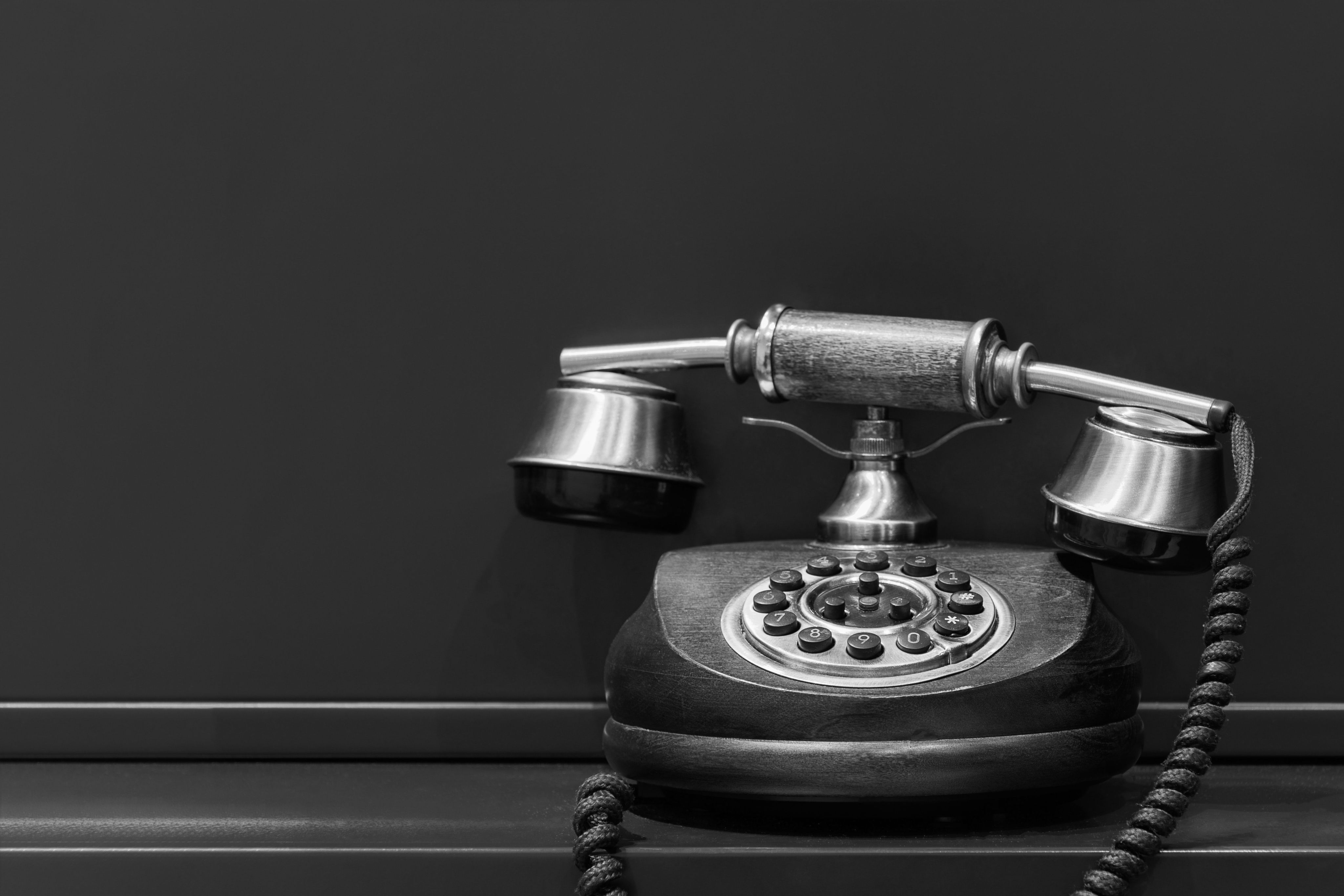
References
1. Rules of the Senate | U.S. Senate Committee on Rules & Administration. (n.d.). https://www.rules.senate.gov/rules-of-the-senate
2. U.S. Senate, "Cloture Motions," available at https://www.senate.gov/legislative/cloture/clotureCounts.htm (last accessed December 2019).
3. Marziani, M., Backer, J., & Kasdan, D. (2013). Curbing filibuster abuse. Brennan Center for Justice. https://www.brennancenter.org/sites/default/files/2019-08/Report_Curbing_Filibuster_Abuse.pdf
4. Fredrickson, C. (2020, October 30). The Case against the Filibuster. Brennan Center for Justice. https://www.brennancenter.org/our-work/research-reports/case-against-filibuster
5. Historical Statistics about Legislation in the U.S. Congress -- GovTrack.us. (2023). GovTrack.us. https://www.govtrack.us/congress/bills/statistics
6. Little, B. (2021, July 8). 6 times the filibuster helped senators kill big bills. HISTORY. https://www.history.com/news/filibuster-bills-senate
7. Detrow, S. (2019, December 18). “The Speech”: How Sanders’ 2010 filibuster elevated his progressive profile. NPR. https://www.npr.org/2019/12/18/788896525/the-speech-how-sanders-2010-filibuster-elevated-his-progressive-profile(Bernie
8. Weisman, J. (2013, April 17). Senate Blocks Drive for Gun Control. New York Times. https://www.nytimes.com/2013/04/18/us/politics/senate-obama-gun-control.html
9. Murse, T. (2022, April 11). The 5 longest Filibusters in US history. ThoughtCo. https://www.thoughtco.com/longest-filibusters-in-us-history-3322332
10. Wertheim, M. (2012, October 12). Here’s a Senator’s Recipe for Southern Fried Oysters, as Read During a 15-Hour Filibuster in 1935. Vice. https://www.vice.com/en/article/ezzzm7/heres-a-senators-recipe-for-southern-fried-oysters-as-read-during-a-15-hour-filibuster-in-1935
11. Walsh, B. (2010, July 22). Cap and Trade is Dead (Really, Truly, I’m Not Kidding). Who’s to Blame? | TIME.com. TIME.com. https://science.time.com/2010/07/22/cap-and-trade-is-dead-really-truly-im-not-kidding-whos-to-blame/
12. Obama calls for end of “Jim Crow relic” filibuster if it blocks voting reforms. (2020, July 30). POLITICO. https://www.politico.com/news/2020/07/30/barack-obama-john-lewis-filibuster-388600
13. Screengrab from movie ["Mr. Smith Goes To Washington" by Mitch Wagner is licensed under CC BY-NC-SA 2.0.]
14. Eichen, A., & Rissmiller, K. (2022, January 19). A Majority of Americans Support Fixing the Filibuster to Pass the Freedom to Vote: John R. Lewis Act. Data for Progress. https://www.dataforprogress.org/blog/2022/1/19/a-majority-of-americans-support-fixing-the-filibuster-to-pass-the-freedom-to-vote-john-r-lewis-act
Pictures of Strom Thurmond, Alfonse D'Amato, and Huey Long are taken from Wikimedia Commons. It is in the public domain hence, no attribution is required.
Picture of Senator Bernie Sanders ["Bernie Sanders" by Gage Skidmore is licensed under CC BY-SA 2.0.]